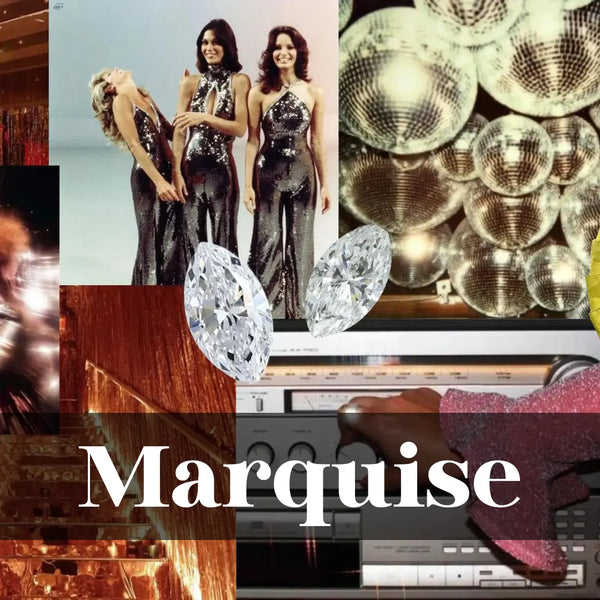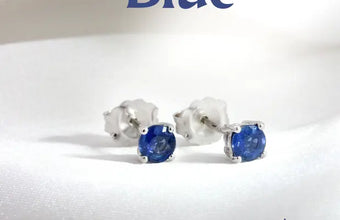Brilliance in every way
Diamond & Gemstone Shapes/Cuts Guide
When buying your dream ring, deciding on the best diamond or gemstone coincides with determining the 4 C’s: clarity, colour, carat and CUT. Throughout this guide, we explore the various cuts alongside their varying attributes so that you can decide which is most suited to you. Drop a message to our GIA certified diamond experts to discuss your dream piece.

Lapidary vs. Diamond Cutter
Transforming a crystal into a gemstone
Faceting is an extremely skilled task that requires incredible amounts of experience, precision and focus. Both lapidaries and diamond cutters are responsible for transforming the original stone into the beautiful masterpieces which sit before you.
We use an analogy to distinguish the difference between the two roles: a lapidary is like a vet, whilst they are aware of the full anatomy they also have an in-depth knowledge of the varying species and their attributes. On the other hand, a diamond cutter is like a doctor, with their understanding of the anatomy they focus on the body and its specific parts. Both roles are key and you would never ask of either role to take on the responsibilities and skills of the other.

shapes & cuts
Frequently Asked Questions
-
As a general rule, Brilliant cuts tend to exceed price per carat over other types of cuts because it values brilliance (sparkle) over weight. Optimum angles have been calculated to give the highest return of fire (light reflections) and brilliance. In doing so, there is greater loss from the crystal's rough state to bring you the most beguiling of stones.
-
Round brilliant cuts are practically unrivalled when it comes to sparkle, the meticulous detail that has been undertaken to ensure its brilliance with the carefully located facets means you are guaranteed sparkly piece.
-
Cuts that bear most of their surface area across a wider yet thinner depth tend to appear bigger as more of the diamond or gemstone is visible to the human eye. Cuts like oval and marquise are elongated which gives the illusion of a larger diamond, so too does an emerald cut.
-
Due to their incomparable nature when it comes to brilliance and fire, the traditional shape of the brilliant round cut has always been a favoured option, for diamonds in particular. At Holts Gems, we are firm believers that there is a cut for everyone, depending on the overall look you are after, your budget and the style of ring you wish to have. Alongside these key factors, certain cuts work better with different gemstones or carat sizes.
Diamond & Gemstone Cutting
What makes a rock sparkle
The term ‘cut’ refers to the shape of a gemstone or diamond alongside the arrangement of the gem's facets. Facets are the ‘faces’ that are strategically placed within the body of the gemstone. Raw gemstones are astonishingly beautiful, however, they need a little helping hand to enhance their true brilliance, which is where some much-needed manpower in the form of faceting is needed.
The process of transforming a crystal into a gemstone is truly magical. After the crystal has been sourced, the cut is planned to take into consideration any directional hardness of the gem - size, shape and any inclusions are also taken into account. Once these details have been established, a cleaning, cutting and grinding process are carried out to prepare the gemstone or diamond ready to be faceted. This is the milestone mark, as faceting, simply put, determines the way the light reflects through and off the gemstone (for optimum sparkle which enhances the natural appearance of the gem).










